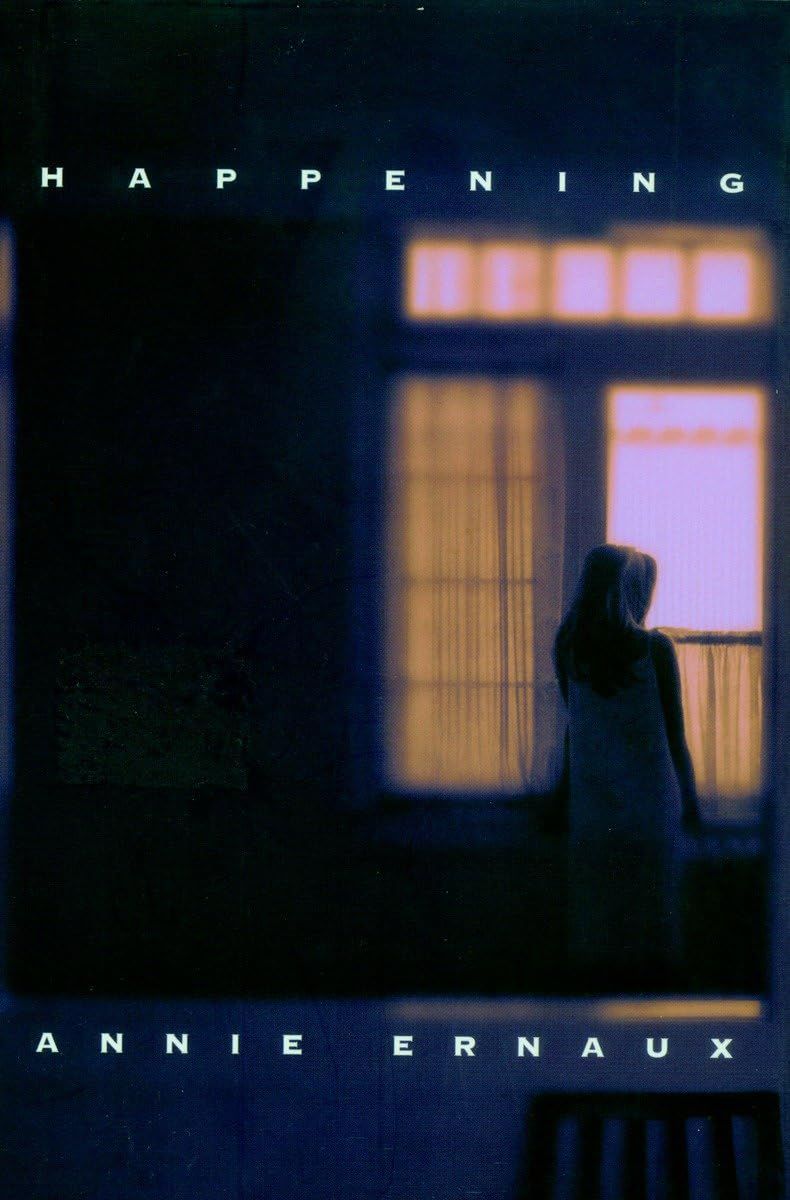.svg)
At noon Barbara and I and Costello drove to Penticton and went to the Book Shop, a fabulous second-hand bookstore where really good books are packed into every shelf, cranny and bit of floor space available. Costello napped in the literary criticism section and we browsed through the afternoon. This did not feel like work, and Barbara and I had little to report that evening, when other guests spoke of what they had accomplished that day, such as swimming, exploring and beach yoga. After dinner I retired with my newly acquired copy of a twenty-six-year old book, Caldecott & Co.: Notes on Books & Pictures (Farrar, Straus & Giroux), essays by Maurice Sendak, author and illustrator of In the Night Kitchen, Where the Wild Things Are and lots more. Most of the essays are about work, specifically that of writers and artists he admires, among them the eponymous Randolph Caldecott, a nineteenth-century illustrator in whose drawings “no one stands still”; Hans Christian Andersen, whose informal style gave fairy tales new life and provoked one critic to complain that “It’s not writing, it’s talking!”; Lothar Meggendorfer, ingenious creator of early pop-up and pull-tab books (which until the 185s were written and designed as entertainments for adults, not children); and Winsor McKay, the self-taught artist who created a cartoon kid named Little Nemo and whose brilliant influence can be seen in Mickey, the hero of In the Night Kitchen. All of these artists, Sendak writes, no matter how technically accomplished, could “quicken” text: comprehend it, then give it life. “You must not ever be illustrating exactly what you’ve written,” he says. “You must leave a space in the text so the picture can do the work. Then you must come back with the word, and now the word does its best and the picture beats time.” The next afternoon, the other guests at the cottage went out swimming, boating, jogging, water skiing, picture taking and volleyball playing, but Barbara and I and Costello went back to the Book Shop. As we drove down the highway through magnificent scenery, I thought of the landscape in Bannock, Beans & Black Tea, which is the opposite: physically, emotionally, spiritually cold and bleak. But the storie—and Seth’s drawings, printed in black and warm grey ink on cream-coloured paper—are rich and vibrant. Here, as in the splendid essays on artists in Caldecott & Co., one is in the presence of work, of the rhythm of text and images together, of quickening. It took Sendak twenty-five years to do the work of reading, looking, thinking, drawing and writing that inform the essays in Caldecott & Co. It took Seth ten years to produce Bannock, Beans & Black Tea, which he worked on between his “personal work and a million commercial jobs.” He describes it as a “labour of love,” and so it is, for the publisher as well as the artist. Work, toil, labour—there was no escaping it and I didn’t want to anyway. Once again Barbara, Costello and I spent a blissful afternoon in the Book Shop. When Costello got restless, Barbara took him outside and there they waited for me, sitting on the sidewalk under a tree, Barbara with a Tim Hortons coffee next to her and the Autobiography of Alice B. Toklas in her hands. Passersby gave them a wide berth, perhaps believing them to be beggars who prefer not to work.








